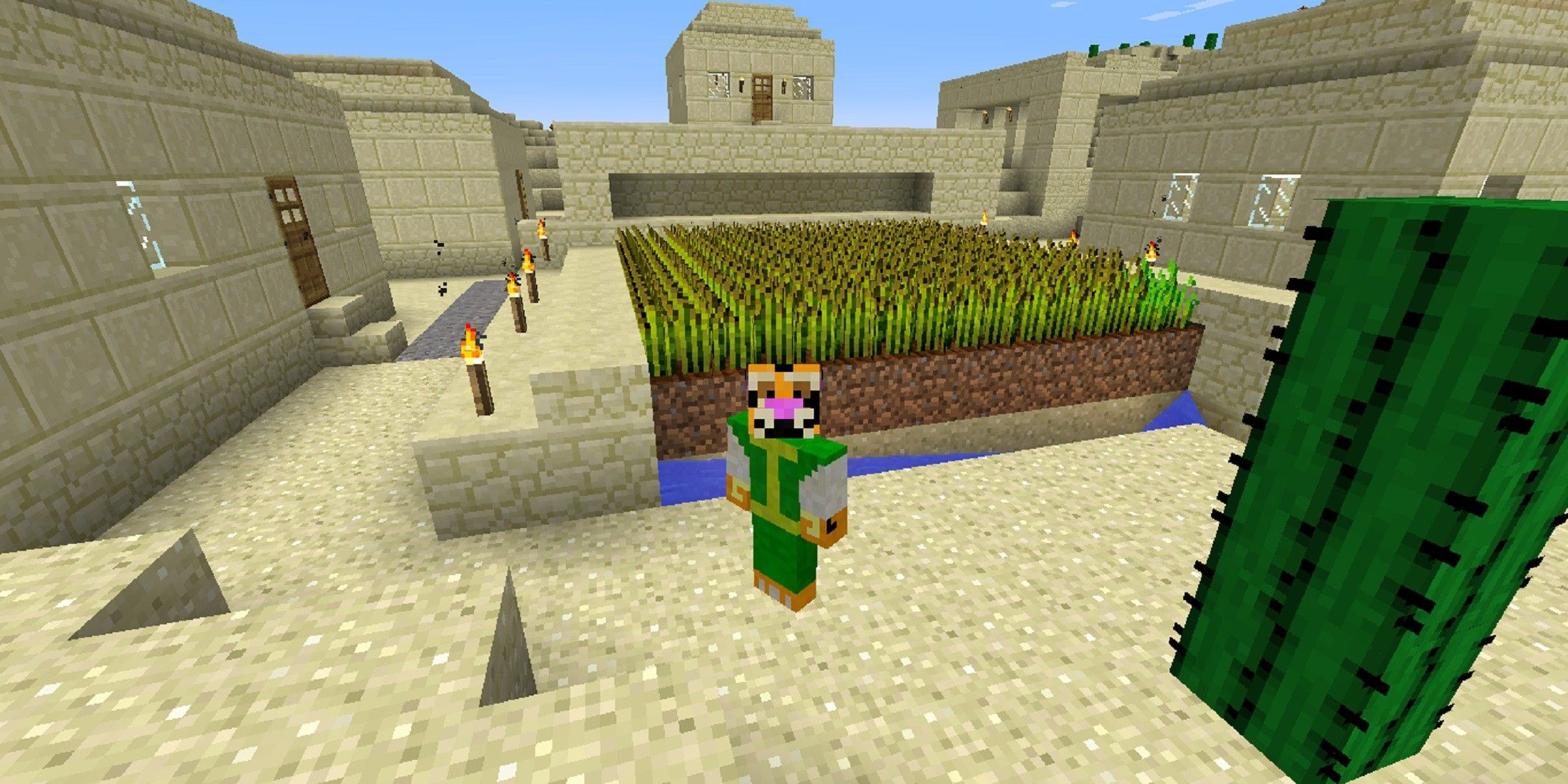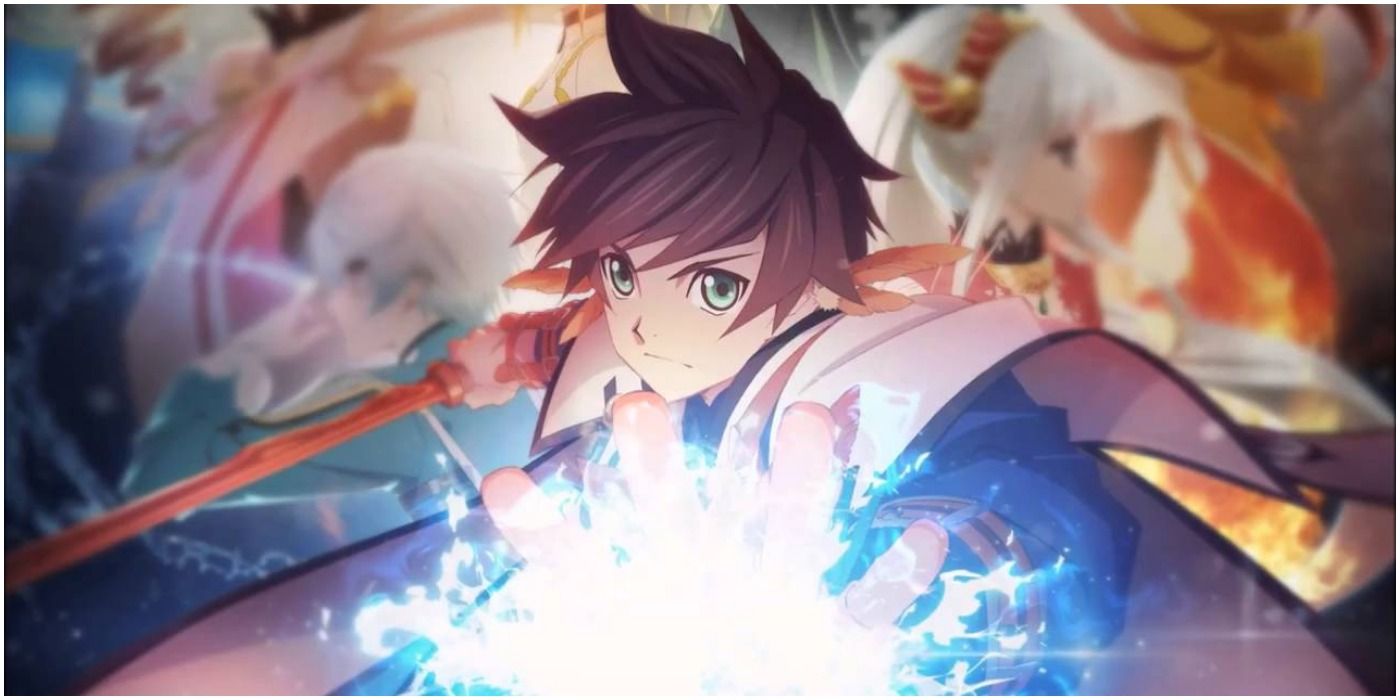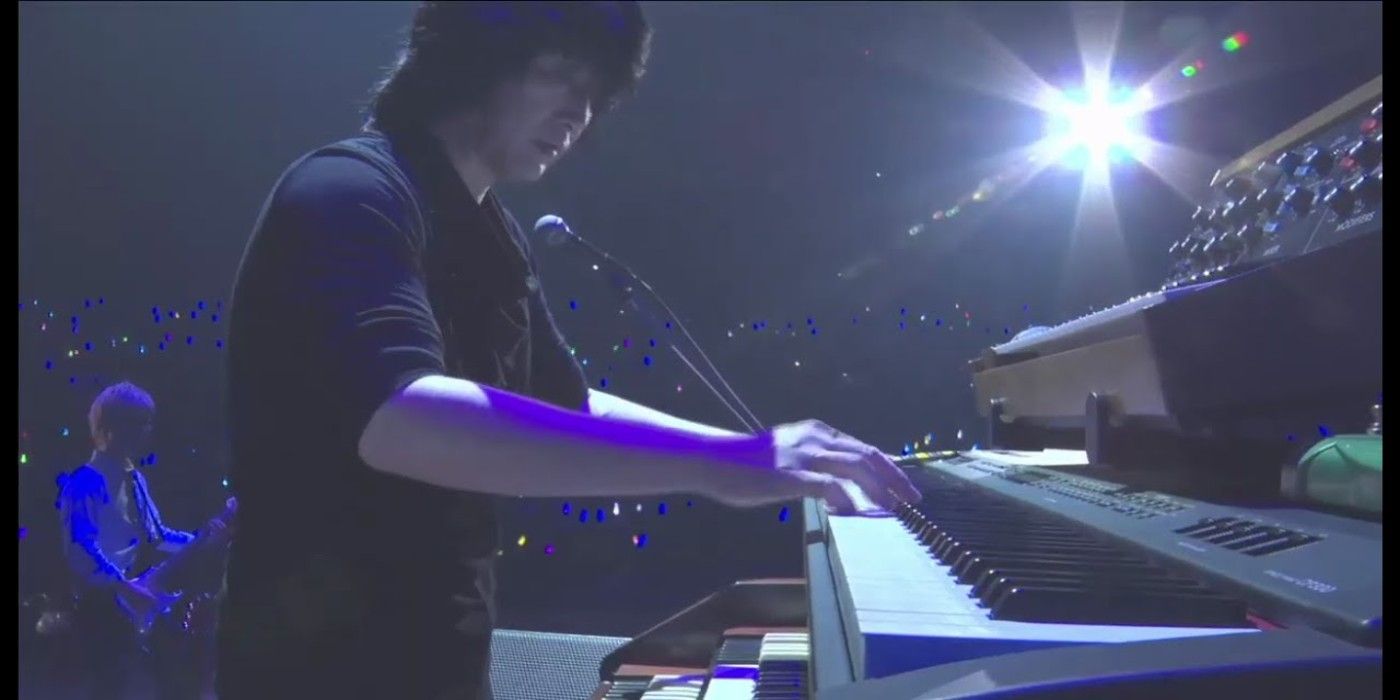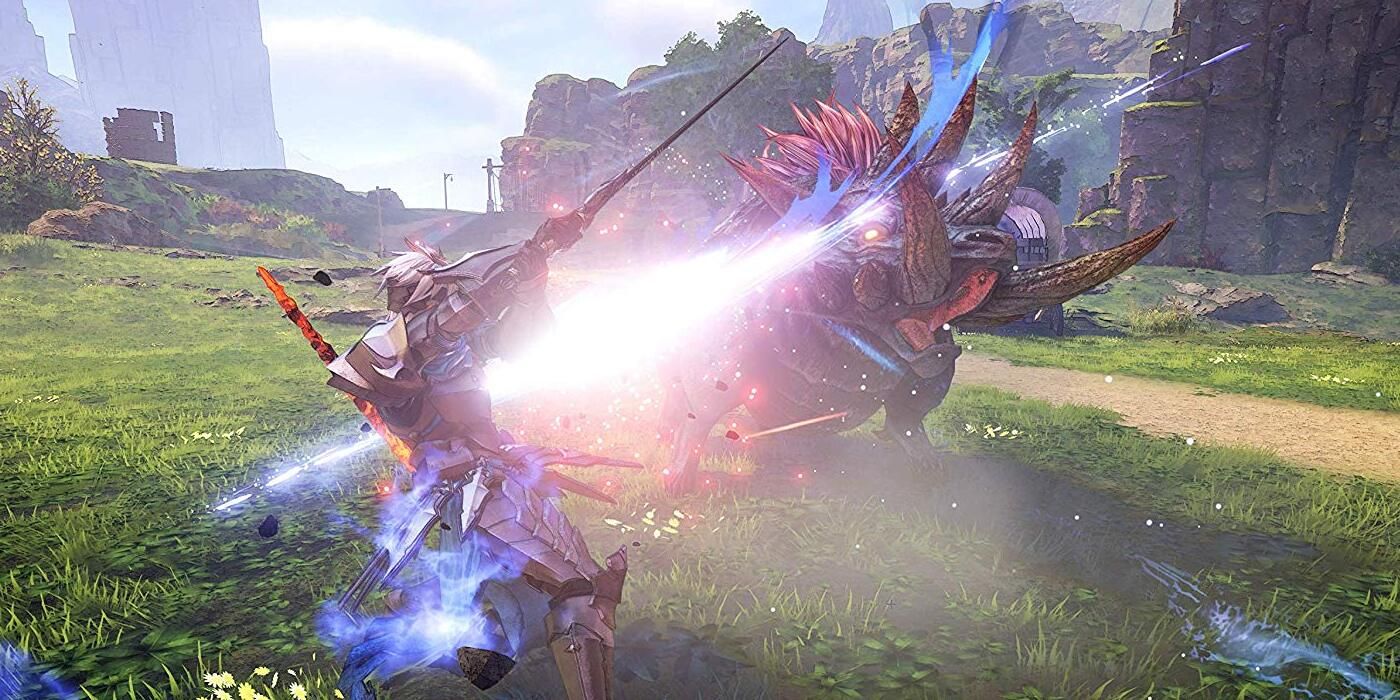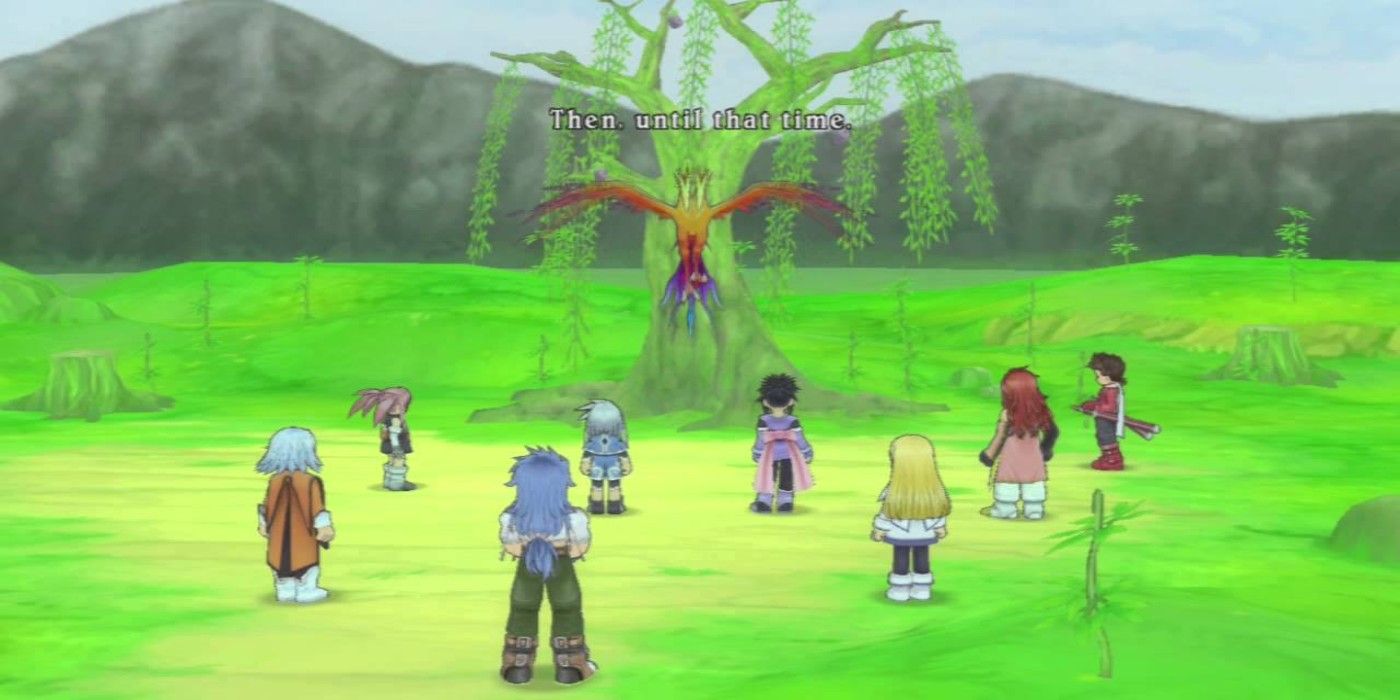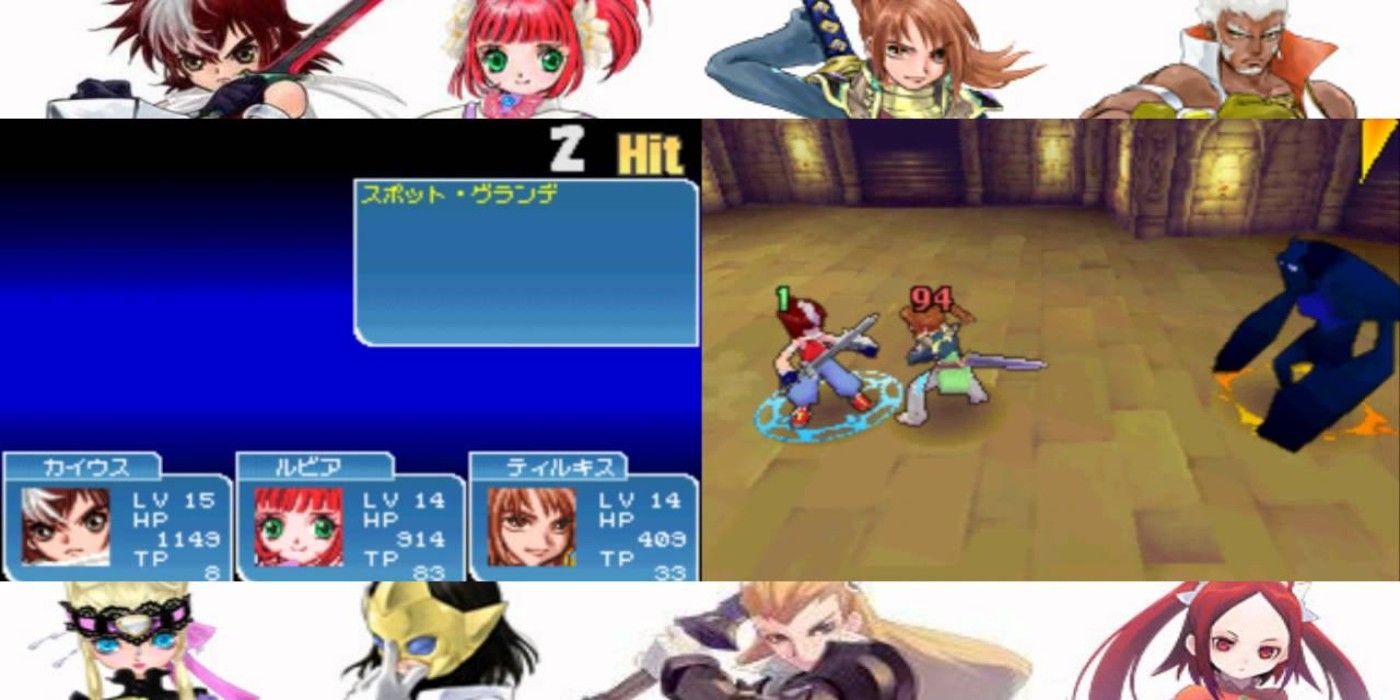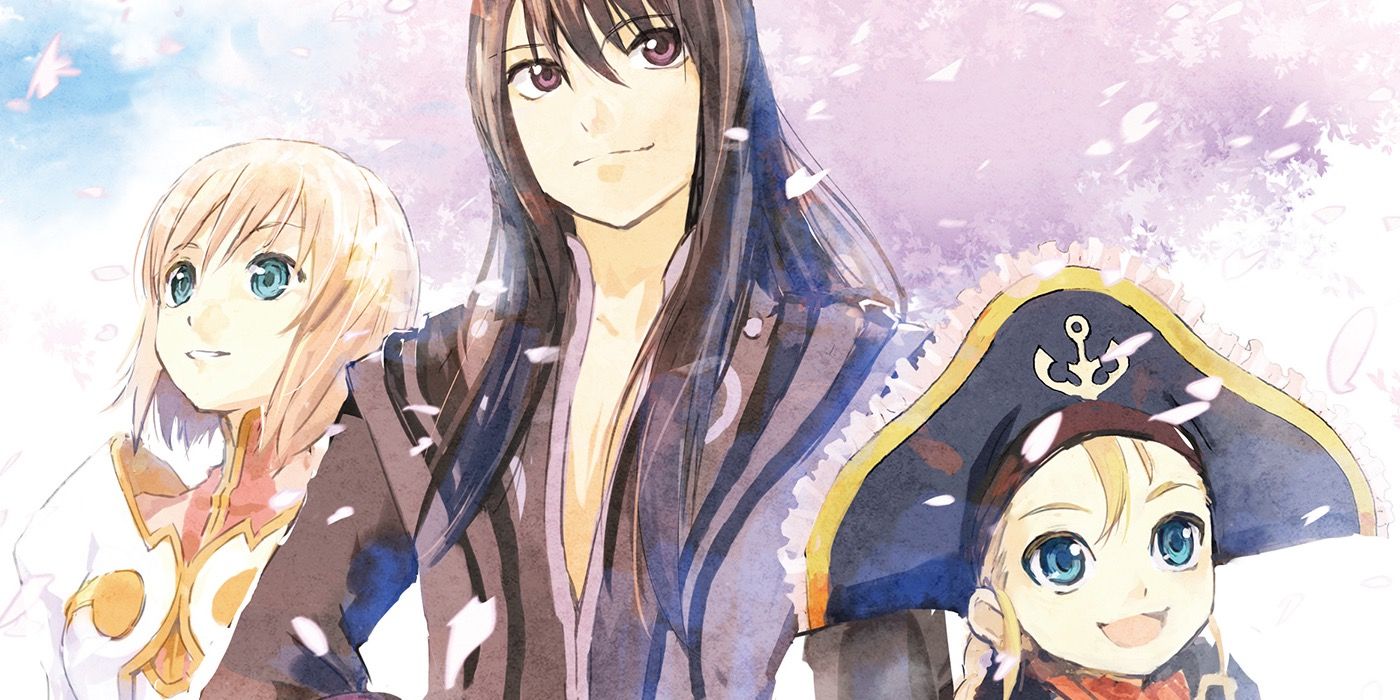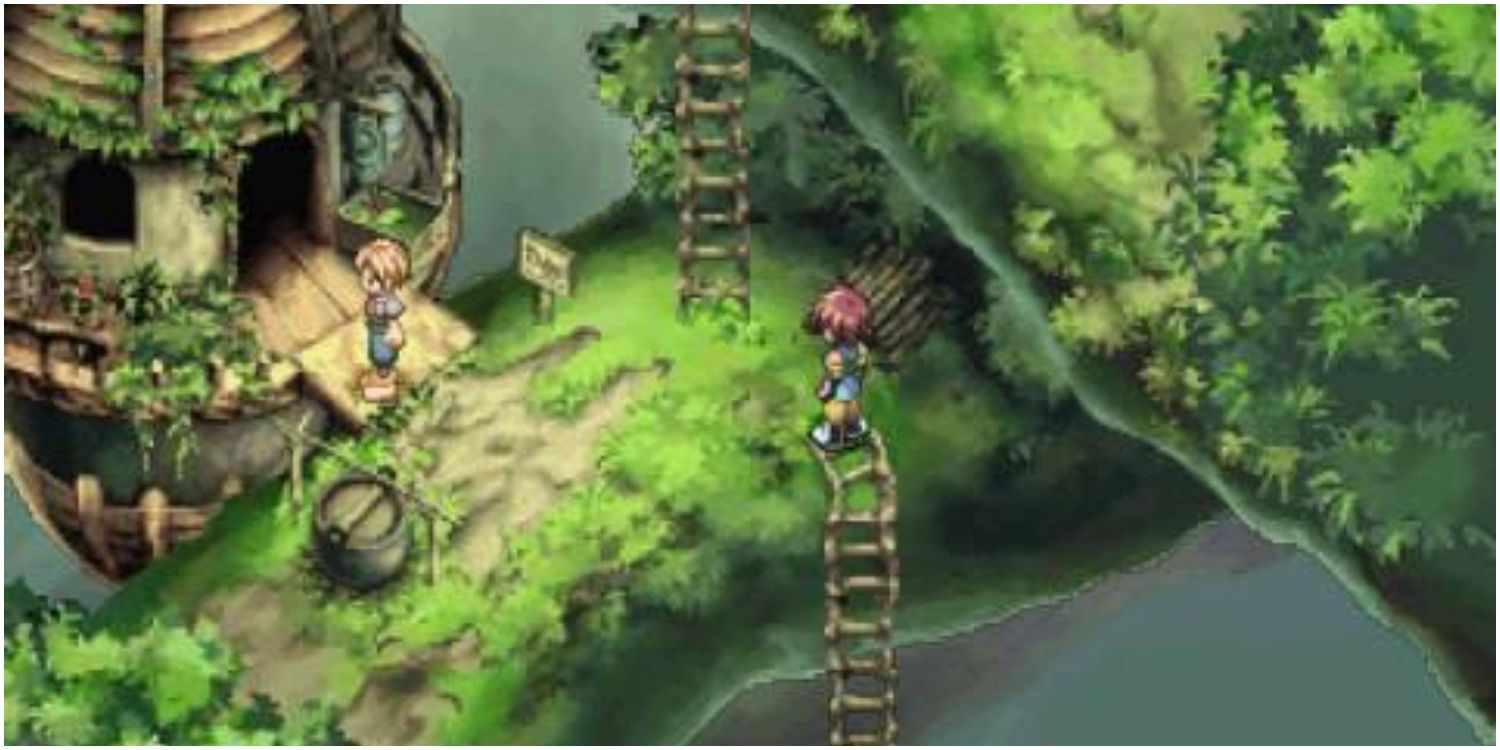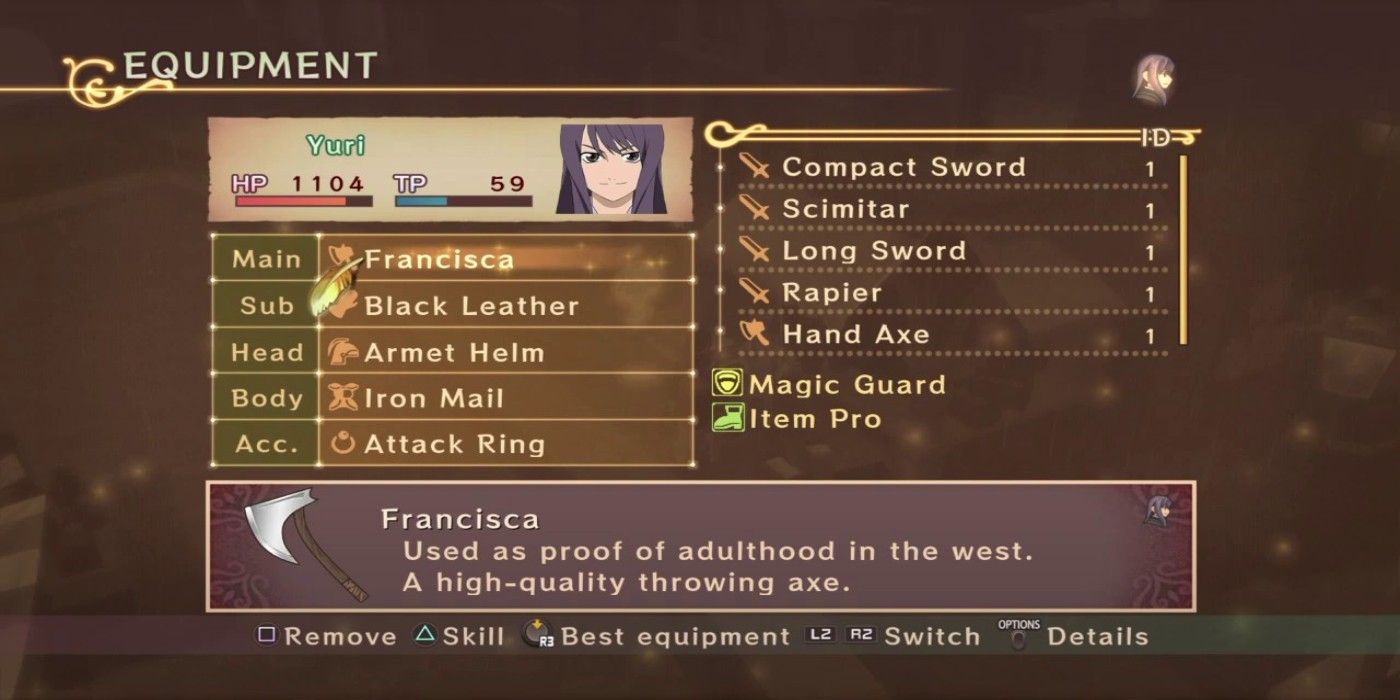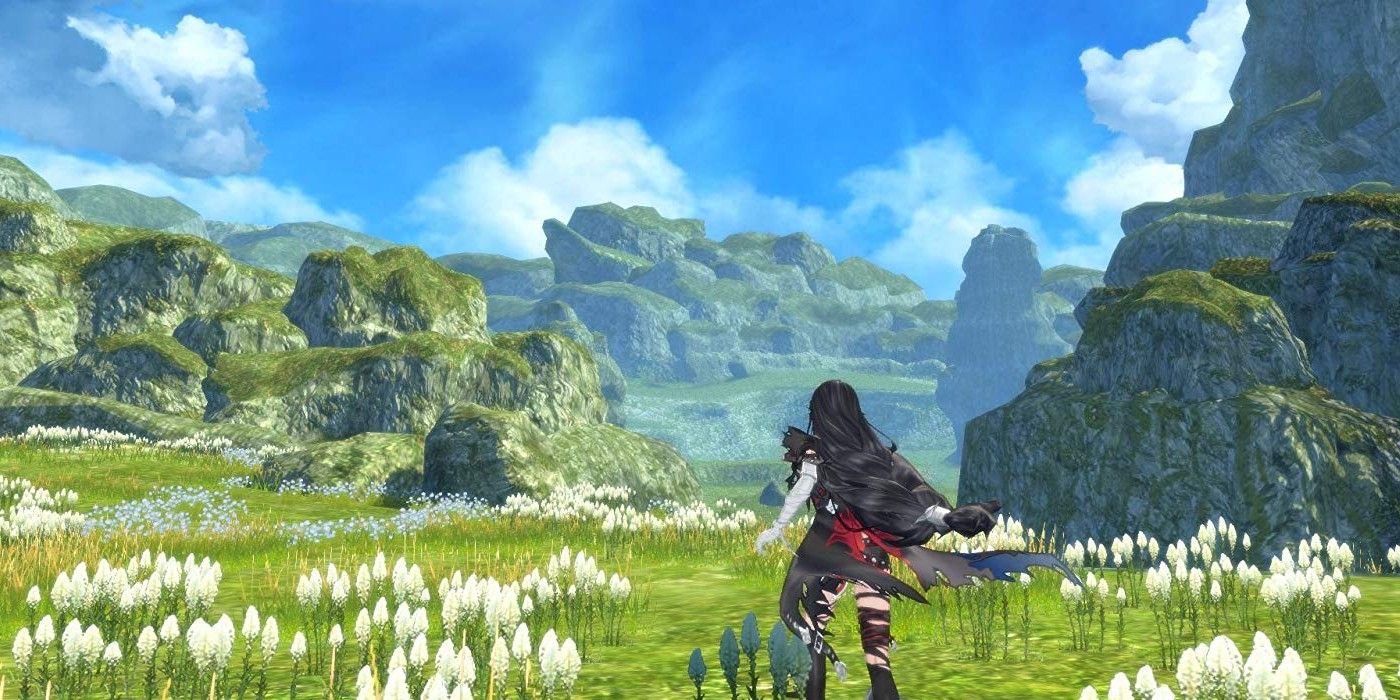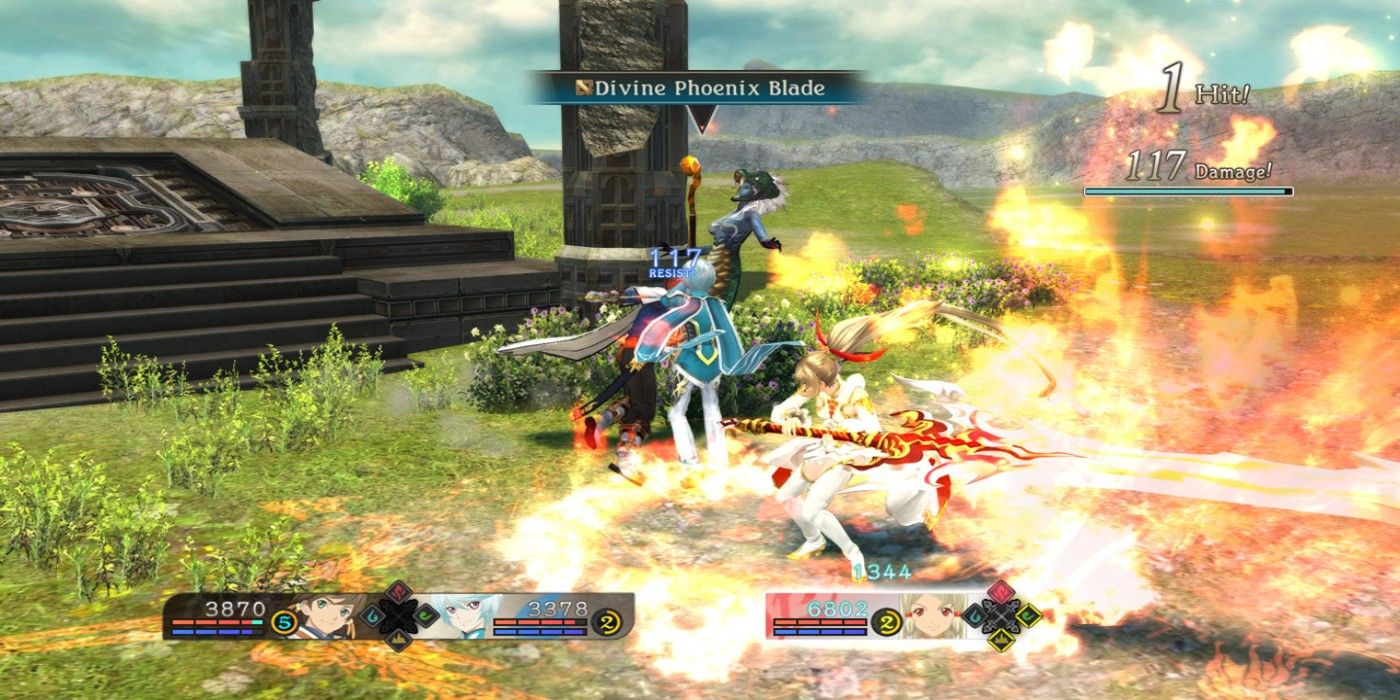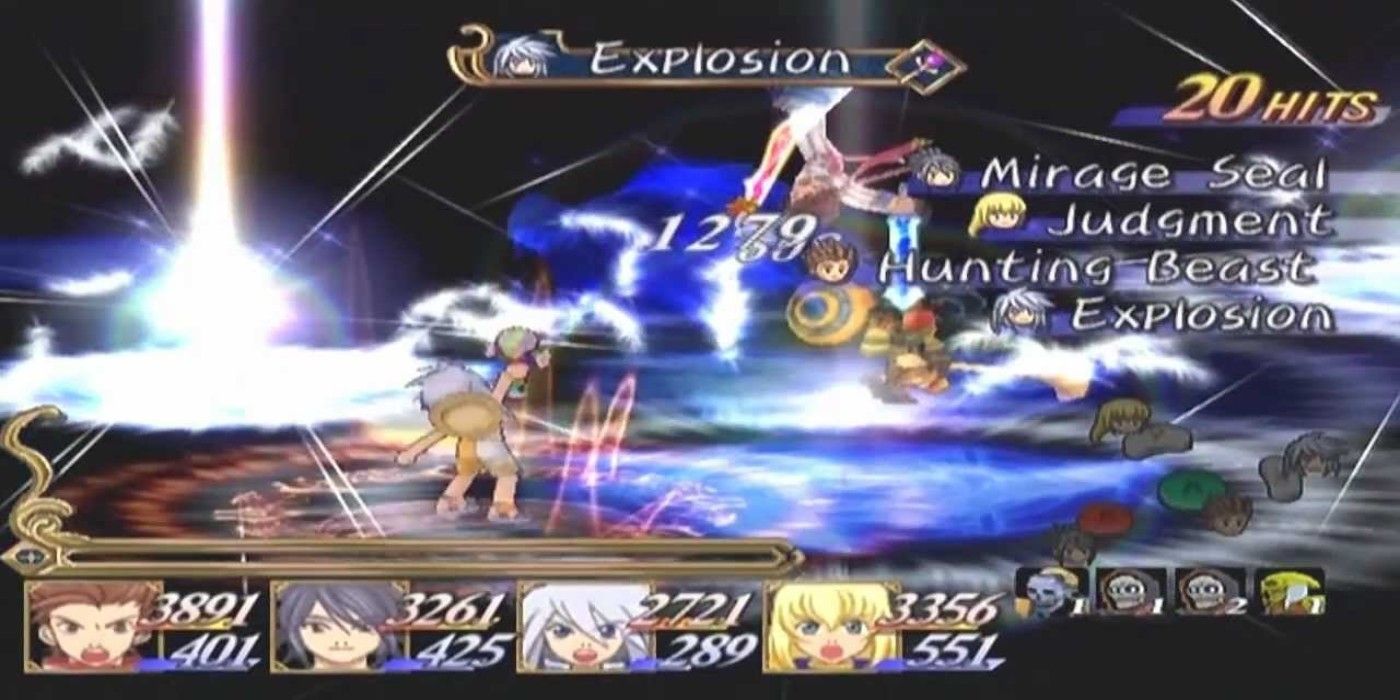Bandai Namco's Tales of series has rather quietly become one of the most renowned and successful JRPG franchises, shipping over 20 million units worldwide. Though this colorful fantasy franchise tends to get a bit overshadowed by the likes of heavy hitters like Final Fantasy and Dragon Quest, it's remained a similarly popular IP in Japan.
Yet, it's also been gaining some traction in the West, and the anticipated arrival of Tales of Arise, which looks to bring a darker, more open-world tinge to the series, should make some noise these regions.
While we await the launch of this seemingly epic APRG later this year, let's examine some of this series' collective traits which make it so distinctly appealing. Here are 10 notable qualities that make Tales excel from other RPGs overall.
10 The Distinct Musical Score Of Motoi Sakuraba
Given that the practiced composer and keyboardist, Motoi Sakuraba, has worked on a range of compositions for various mediums, the lavish nature of Tales' soundtrack should come as no surprise. Indeed, the man behind much of the musical score of this series is responsible for working on a range of anime, video games, TV dramas, and even progressive rock albums. He's also worked on the much grimmer Dark Souls games.
This versatility and musical prowess certainly come through in the soundtrack of most Tales games. The richness in the melodies and the array of styles - from somber piano to bombastic orchestras and guitars - adds a wealth of emotion and depth. This range of music really helps paint the scenes and each offer their own feel.
9 Exciting Free-Flowing Gameplay
While there's a fair bit of dialogue exchanges and some slowdown in the pacing throughout, the Tales series balances this out with ample bouts of action, along with some thrilling moments. Of course, you've got the exciting combat, which ditches turn-based marathons in favor of fast-paced romps. On top of this though, you've also got plenty of exploration - both on the world maps and in the expansive dungeons.
Compared to many JRPGs of its ilk, there's a range of freedom and ample excitement to be had, thanks to some elaborate puzzle-laden dungeons and semi-open world areas.
8 Unified Themes/Mechanics With Unique Storylines
One key element fans tend to appreciate when it comes to the Tales games is its balance of old and new.
Just about every game offers a self-contained universe complete with a unique set of characters and premise. The use of time travel in Phantasia, for instance, is a far cry from the concept of parallel worlds that comprise Symphonia's setting. This allows each game to feel fresh, despite the nearly 20 games that make up the series.
At the same time, Bandai Namco avoids the Final Fantasy method of making every game feel too distinct to the point where it comes across as a different franchise each time. The unifying themes of action-based battles and fantasy-laced anime style in Tales games provide a throughline. This gives fans something familiar to count on and connect with.
7 Timeless Cell Shaded Visuals
Another common element of this charming franchise is its use of colorful, vibrant visuals which are typically cell shaded. This meshes with the high fantasy themes and compliments the anime cutscenes, for one. More significantly though, it also gives it a consistent look which has aged like a fine wine rather than spoiled milk.
There's certainly been many visual improvements over the years. Yet, each Tales entry, even dating back to 2002's Tales of Destiny 2, contains a similar cartoony style. Even a game like 2003's Symphonia, which was limited to GameCube and PS2's hardware, still looks gorgeous today.
6 The Memorable Characters
Having likable, believable, and overall dynamic characters is a key component to RPGs. Not only is story a major element in the genre, but you'll also be spending a great deal of time with this cast. More often than not, fans will tell you that this franchise delivers on this front.
Whether it's the sly, occasionally smug Yuri from Vesperia, or the charmingly naive, clumsy Lloyd from Symphonia, you get the sense that these are distinct and 3-dimensional characters. Most of them run the gamut in personality/physical traits, as well as morality and motivations. This makes for some amusing dialogue exchanges, which is vital as there's no shortage of them.
5 High Fantasy Settings
While there's much to appreciate about darker RPGs, there's something to be said about the more lighthearted and colorful fantasy motifs, which aren't as frequent these days - particularly in the West. And though the upcoming Tales of Arise looks to provide a more glum tinge to help appeal to this market, most of the Tales games thrive on their adherence to this more cheery, vibrant anime style.
At the same time, Bandai Namco is not shy in introducing distinctly grandiose and occasionally mind-bending concepts, along with some jaw-dropping plot twists. This helps the franchise stand out a bit over, say, Dragon Quest. Despite the quality of that iconic IP, it's been critiqued for its use of certain JRPG cliches.
4 The Progression System
One area that fans are drawn to when it comes to most Tales games is its system of progression, which usually rides a nice line of depth and accessibility. You're typically given a couple basic attacks you can spam at will, in addition to various Artes and a handful of equipment slots. You may get tossed a basic skill system like Symphonia's EX Gems or Graces' Titles, which allow a degree of customization.
Yet overall, most of these games don't overwhelm you with a slew of ways to upgrade or tinker with yourself or your party. Players of similarly in-depth RPGs like Xenoblade Chronicles 2 have noted these somewhat convoluted traits.
3 Full Of Content
While it's true RPGs are known for their robust amounts of content and many activities to tackle, Tales has been pretty consistently lengthy, even in its PlayStation days. Not only do the campaigns of some entries take up dozens of hours, but completionists will find tons to burn through in most. No doubt taking its spot as one of the largest GameCube experiences, Symphonia can take a whopping 200 hours to complete in-full, while Zestiria and Berseria can run you 170 and 176, respectively.
This is thanks to some expansive worlds crawling with monsters, along with a robust narrative and a slew of side quests.
2 Multiplayer Support
When it comes to RPGs, finding a co-op mode that's both simple and enjoyable (or any multiplayer support, for that matter) is no easy feat. Yet, this is an attribute that allows most of the Tales games to stand out. While one can expect a fine experience solo, the ability to have a friend or sibling jump into the action at any point is one that fans appreciate. Most entries - DS games aside - have this feature, and it's usually solidly implemented.
The fast-paced style of combat really lends itself to having multiplayer players slicing and dicing. The ability to have a companion handle different tasks - like healing - is a useful one, versus the sometimes questionable AI. Most games also reward combos, which you can synchronize with a player at your side far easier.
1 The Thrilling Combat
Whether you decide to have a friend tag along or fly solo, most fans will tell you that the combat in the Tales series is why they're drawn to this franchise, first and foremost. While there are slight variants with unique twists to each, most Tales entries generally adhere to what's called a "Linear Motion Battle System." This is a streamlined mechanic that allows for fast-paced action that feels more akin to a brawler than traditional RPG.
At the same time, there are still plenty of nuances to inject some substance - like the aforementioned Artes, combos, blocks, and dodges. Most games provide a 3D space in an enclosed arena, allowing for a sense of freedom and even a touch of strategy as you fight. You're also "graded" on your performance, adding to the excitement and granting incentive to fight well.

